20 Inspirational Photos of Romanian Cityscapes
“There are certain romances that belong in certain cities, in a certain atmosphere, in a certain time.” – Sammy Davis, Jr.
Cities are where history is, if not necessarily made, then certainly written. Rural areas have peaceful tranquility, of course, but there is no denying that cities have life. Vibrant, agitated, awe-inspiring life.
Walking down a city street you get to see so many things, all of which have a story behind them. From the people to the buildings, the stores, and even the street art, every aspect of the city is teeming with life.
No two cities are the same, whether they are famous cities like Paris, London, or Berlin, or smaller cities like Palmanova or Bibury. Every city has its own personality, and it is always lovely to see it for yourself and experience every city in wide-eyed wonder.
Today we will be showing you a few wonderful cityscapes from four old and lovely Romanian cities. Each of these cities has a very rich history and a flourishing cultural scene, which we will explore in the following paragraphs. Let’s start with the first city on our list.
1. Timișoara
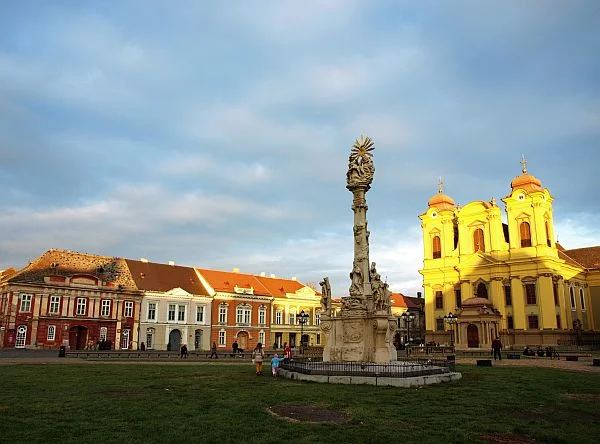
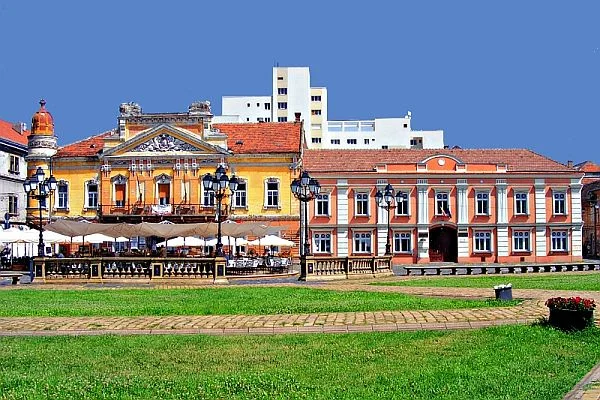
Check Out: 22 Perfectly Timed Photos That Will Make You Look Twice
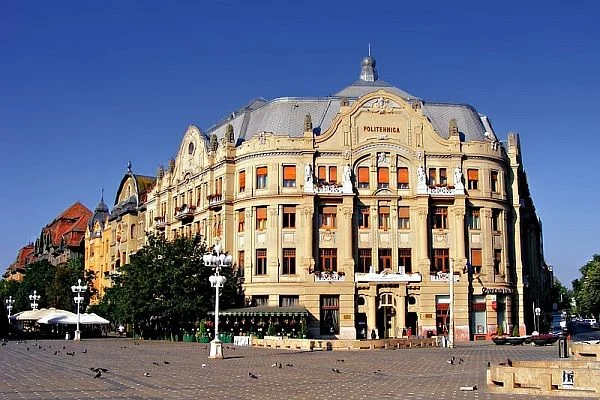
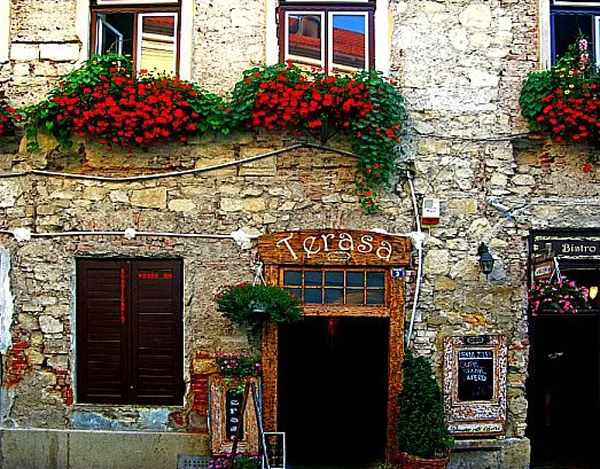
Check Out: 9 Fun Ideas & Tips To Click Wonderful Candid Portraits
Like most Romanian cities, Timișoara is at its very core a multicultural city. Having been under the control of several kingdoms and empires throughout its history, from the Kingdom of Hungary, the Austrian Empire, and even the Ottoman Empire, Timișoara boasts a very diverse architecture, with an emphasis on buildings from the Austrian Empire era.
In 1920, after the First World War, King Ferdinand I of Romania awarded Timișoara the title of University Center, which led to continuous economic and cultural development in the interwar years. Even today, Timișoara has 8 universities, the oldest of which is the Polytechnic University of Timișoara, founded in 1920. It is still one of the largest technical universities in Central and Eastern Europe.
Being an important center for education and culture, Timișoara has been the birthplace of several important scientists, professors, thinkers, and scientists. You might have heard of Johnny Weismuller who, besides being the actor who played one of the most iconic interpretations of Tarzan in the ’30s and ’40s, was also one of the best Olympic swimmers of the 20th century; or Ioan Hollander, who is longest serving administrator that the Vienna State Opera has ever had.
Other illustrious natives include Ana Blandiana, Peter Freund, Francesco Illy, and George Lusztig.
2. Bucharest Photos – Romanian Cityscapes
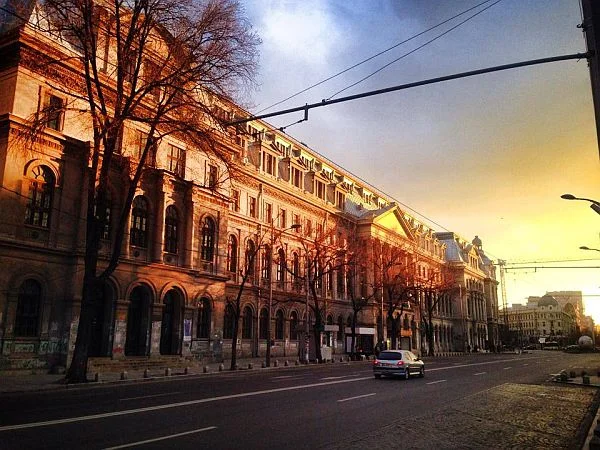
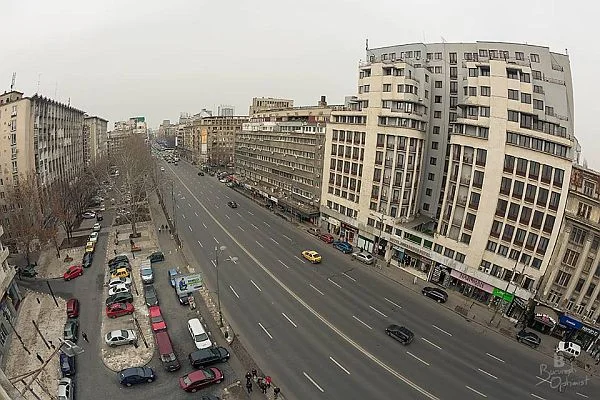
Check Out: 7 Ideas & Tips For Clicking Jaw-Dropping Bikini Photos

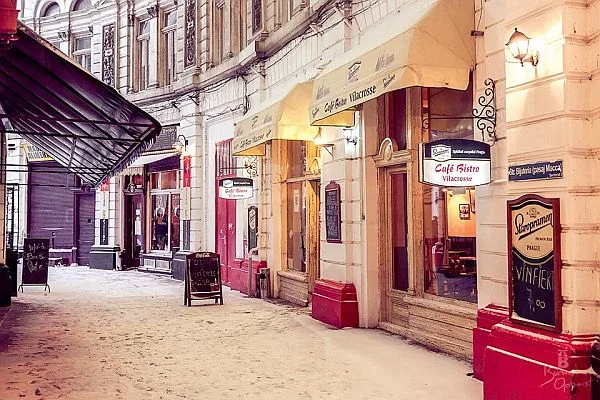
Check Out: 15 Vintage Portraits For Your Photography Inspiration
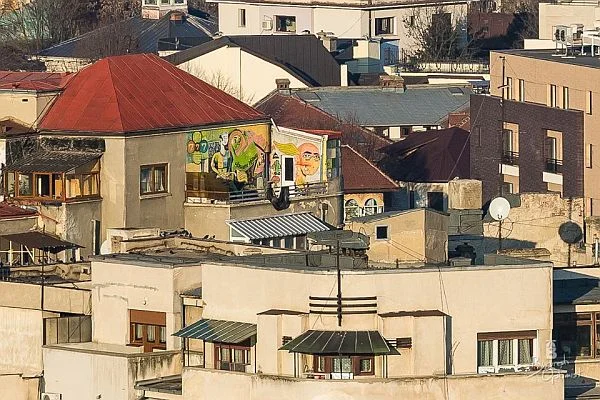
Bucharest is the 6th largest city in Europe and Romania’s capital city. What is truly unique about this city is just how eclectic its architecture is. Ranging from neo-classical, Art Deco, and Bauhaus, to Communist-era and modern, Bucharest can really be a wonder to behold if you have an eye for architecture.
In its Golden Age, Bucharest earned the nickname “Little Paris” for its beauty and cosmopolitan high culture during the late 19th century and the early 20th century.
It was first mentioned in official records in 1459, and nearly four centuries later it became the capital of what is now known as Romania. It would have become the capital sooner after Vlad the Impaler built a residence in the city, and then Mircea Ciobanul rebuilt it in the 16th century, but it lost out to Târgoviște as the center of power in what was then known as Wallachia.
For just over 150 years now, Bucharest has played the role of the capital city, and it has seen the country go from Monarchy to Communism, and then to Democracy, each leaving its mark on the city. Currently, it is the most economically prosperous Romanian city, as it is one of the main industrial centers and transportation hubs in Eastern Europe.
3. Brasov Photos – Romanian Cityscapes
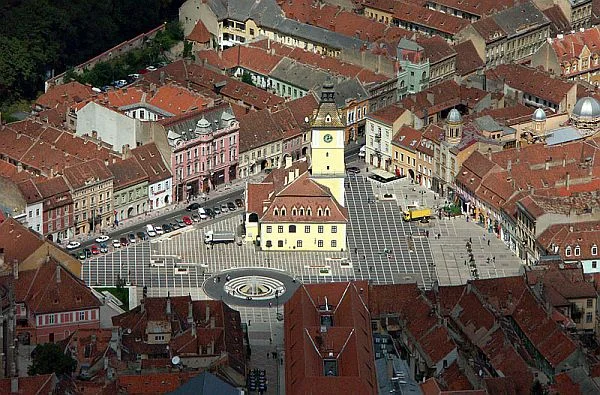
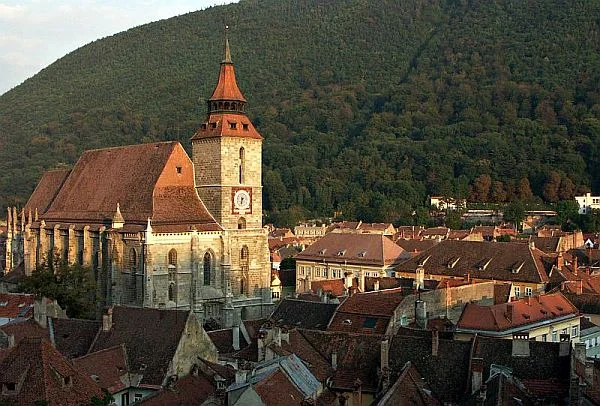
Check Out: 10 Best Rock Concert Photos That Are Full Of Energy
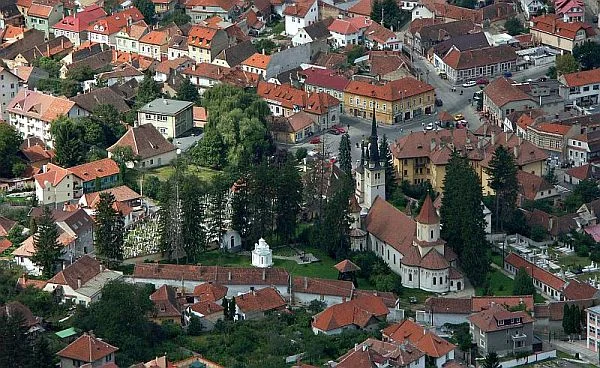
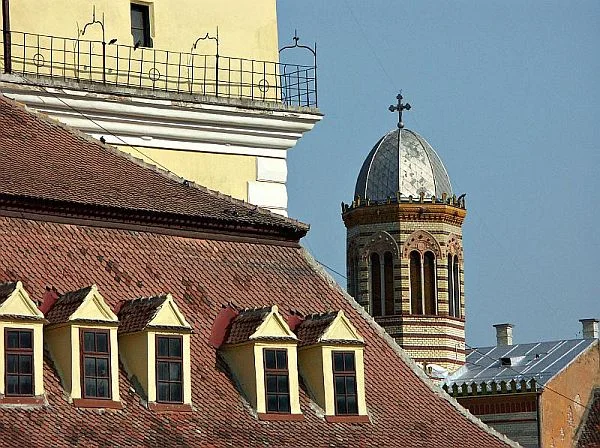
Check Out: 13 Posing Ideas For The Hottest Nude Beach Photos
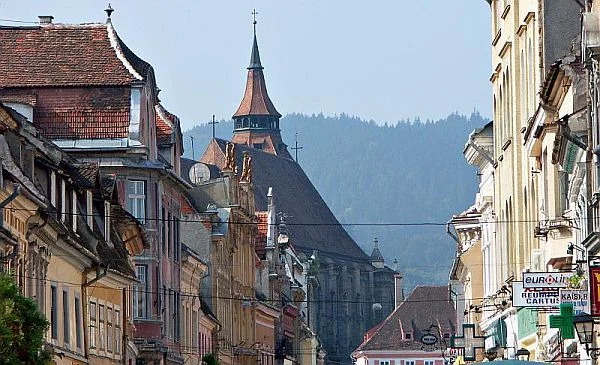
According to the 2011 census, Brașov is Romania’s 7th largest city, with a population of just over 250 thousand people.
It has had many name changes throughout its history. The first official name it went by was Corona, meaning “crown” in Latin, in 1235 when it was first mentioned in official documents by its German colonists. Subsequent names were all similar sounding to its current name, except for Kronstadt, which was used during the Middle Ages, the same time as Corona, and Orașul Stalin, or Stalin City, during 1950 and 1960.
As far as tourism goes, Brașov is one of the most important tourist cities in Romania. It is the largest city in a mountainous area, making it an ideal place for people looking to hike or, during the winter, practice winter sports, such as skiing or snowboarding.
For those passionate about history, Brașov is a mere stone’s throw away from important landmarks, such as the Bran Castle, and the Peleș Castle, which is situated in Sinaia, nicknamed “The Pearl of the Carpathians”. These Romanian cityscapes are beautiful.
4. Cluj Napoca Pictures
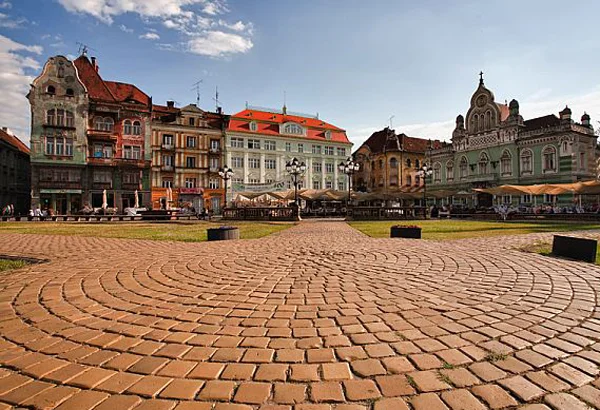
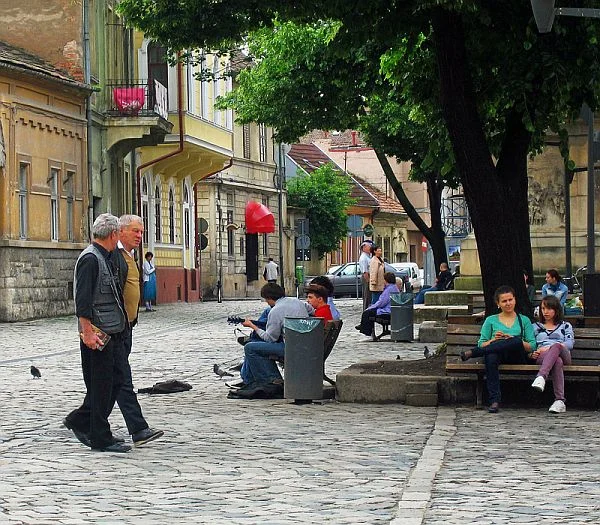
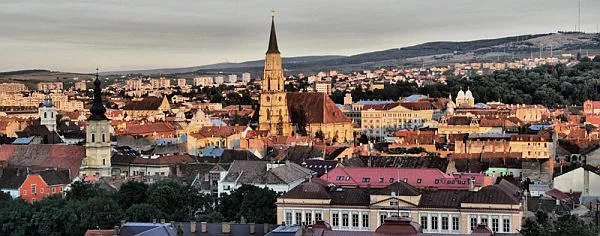
Check Out: 9 Famous Portrait Paintings People Tried To Recreate
Cluj-Napoca has the richest history of any of the cities on our list. It first began as a Roman settlement called simply Napoca. It is first mentioned in the Milliarium of Aiton, which was discovered in 1758, near the city.
Once again, architecture plays a vital role in this city’s appeal, with its mix of Catholic and Orthodox churches, Haussmann-inspired streets, and Baroque buildings.
The Cluj-Napoca Botanical Garden is a true wonder to behold, housing both a Japanese and a Roman garden, the later of which features remains from the ancient Roman colony of Napoca, such as the statue of Ceres.
Cluj-Napoca is also a veritable cultural center. Besides having an impressive number of universities, the city is also home to many museums, the most famous of which are the National Museum of Transylvanian History, and the Cluj-Napoca Art Museum.
Babeș-Bolyai University, the most well-known university in the city, also has its own museums. These include the Botanical and Zoological Museum, the Museum of Speleology, and the University Museum.
That concludes our presentation of these four marvelous Romanian cities. Writing this article has made us really want to go visit them again, and we sure hope we have some wanderlust going in you, as well.
Be sure to let us know what you think of the cities and the photos, and be sure to share with us any other lovely photos of them, in the comment section below.
Like this post? Check out more amazing photography and design ideas here.
Leave a Reply